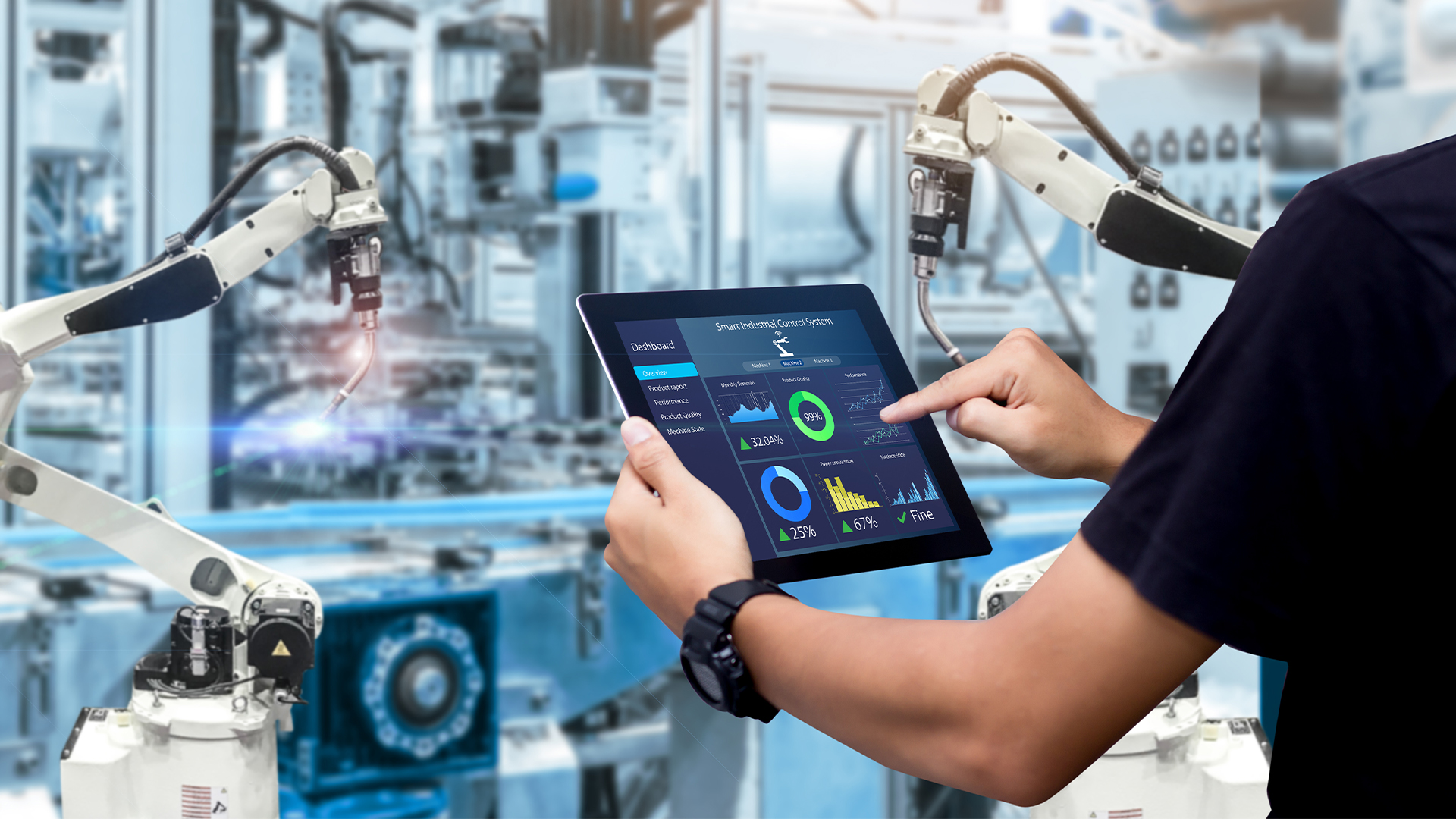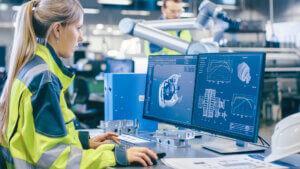The drive and direction of the manufacturing industry has been heavily influenced by technology.
Whether it’s focusing on streamlining businesses and processes through more efficient methods, or improving the safety and hygiene for the workers, innovation can be seen everywhere.
Technology supports the production lines of many industries, from pharmaceuticals and automotive to food and beverages. Not only it has been necessary to meet the economical demands that we’ve seen as a country to this point, but innovation will be needed to keep each industry progressing forward.
In this article, we’ll look at where technology has helped the manufacturing industry become an economic juggernaut, and what the future holds in the coming years.
Improving the efficiency of production
Efficient and effective processes are what every business aspires to, but in the world of manufacturing, hitting their targets for production is crucial.
Manual labor of workers throughout the United States has been the primary method of executing tasks and processes in warehouses and factories, but it’s been noted that it can influence both productivity and profits. As a result, robots and automation have been experimented with to add more efficiency to these processes.
While we may never see the end of the debate of humans versus robots, the Association for Advancing Automation revealed data that showed Q1 of 2022 saw 11,595 robots sold. This provided a huge increase in percentage sold compared to both the previous quarter and the quarter with the best figures.
Combined with how manufacturing output grew at a steady pace in Q2 of 2022, it could be linked to the increase in robots entering more industries could have had an impact in increasing productivity. However, with the number of issues to the supply chain caused by world events, there’s no guarantee that these robots were commissioned.
Industry leaders in manufacturing are taking the data available and strategizing how to use automation and robotics to continue to push their output and productivity levels. Alan Duncan, Senior Industry Strategy Director at Blue Yonder, had this to say: “The focus should be on machines autonomously running mundane, day-to-day tasks with people intervening based on experience and complementing the machine with strategic actions.
“Automation has evolved into having a greater focus on flexibility, scalability, and process adaptability, becoming a tool to optimize efficiency through manufacturers’ ability to adapt to demands.”
A greater focus on safety first
While the conversation rages on over whether humans or robots should be prioritized in the processes of warehouses and factories for heightened efficiency, robots benefit from the inability to get injured while on the job. Accidents can have a huge impact on processes in manufacturing being disrupted, and while workplace injury rates have dropped by 75% since 1972, there are still estimated to be around 2.8 million workplace accidents and non-fatal injuries throughout the country.
Safety tech has only improved over time, with advancements like radio-frequency identification (RFID) sensors being introduced to not only manage and track inventory in the workspace, but also to inform the workers with proximity warnings should the workers enter areas that are deemed unsafe.
Emphasis on using robots and automation to eliminate situations where human workers are at a higher risk of injury or accident has been made within the industry. Some processes are naturally more dangerous either due to the machinery and work involved, but if this can be reduced it can help save lives.
The containment of equipment and making sure it is safe also carries importance; consider switches that control machinery and cables to avoid creating unnecessary hazards. This is why stainless steel enclosures and systems for cable management are implemented.
Having a surface made of a cleanable material like stainless steel streamlines maintenance processes in the workplace, as it can be washed down and cleaned while in place, and it is also safe from corrosion and possesses fire and heat-resistant qualities. Managing your cables means that they’re less of a tripping hazard for workers moving around the workplace, while also protecting cables from accidental damage that could lead to downtime.
Keep pushing innovation forward
When it comes to innovation and technology, manufacturing is no different to the other sectors. Progression is a necessity to make sure targets are being hit and output remains not just steady but thriving to achieve the goals of the industry from an economic standpoint.
With so many challenges over the past few years that have put halts and blockages in the supply chain, new methods of streamlining efficiency must be found to continue pushing forward.






